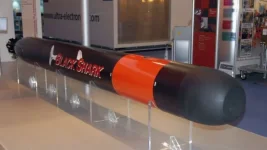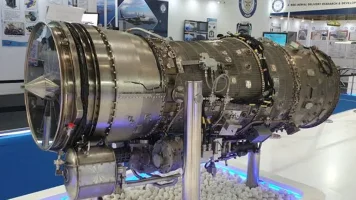- Views: 479
- Replies: 7
The BrahMos supersonic cruise missile, a cornerstone of India's military arsenal, possesses an exceptional capability to neutralise even the most sophisticated enemy air defence systems, with experts estimating a 95% success rate for a single missile.
This high probability of mission success makes the BrahMos a powerful instrument of conventional deterrence and one of the most reliable precision-strike weapons in the world today.
Developed as a joint venture between India's Defence Research and Development Organisation (DRDO) and Russia's NPO Mashinostroyenia, the missile's effectiveness stems from its core technical attributes.
The BrahMos travels at speeds of Mach 2.8 to Mach 3, which is nearly three times the speed of sound or approximately one kilometre per second. This incredible velocity, combined with its ability to fly at very low altitudes (sea-skimming or terrain-hugging) and its stealth design, significantly shortens the reaction time available to enemy defences, making interception extremely challenging.
A senior defence official has confirmed that the missile’s ability to successfully engage a protected target is rated at over 95%.
This effectiveness is attributed to the weapon's combination of immense kinetic energy on impact, high-precision guidance systems, and its "fire-and-forget" capability, which allows it to home in on a target without further commands after launch.
The missile's accuracy and reliability have been consistently proven in numerous test firings by all three branches of the Indian Armed Forces.
The strategic value of the BrahMos is amplified by its operational versatility.
It can be launched from mobile launchers on land, warships, and aircraft like the Sukhoi Su-30MKI, with a submarine-launched version also developed. Its vertical launch systems on naval ships provide a 360-degree engagement capability.
Furthermore, the missile can navigate through complex flight paths and perform sharp, evasive "S-manoeuvres" in its final phase, which adds another layer of defence against last-minute interception attempts.
The high kill probability of the BrahMos offers significant tactical advantages.
It reduces the need to launch multiple missiles in a salvo to guarantee the destruction of a heavily defended, high-value target, such as enemy command centres, naval vessels, or surface-to-air missile batteries. This ensures greater mission efficiency and makes military operations more cost-effective.
As India continues to develop extended-range versions (up to 500 km) and the next-generation BrahMos-NG, the current variant remains a vital asset for maintaining a strategic advantage and ensuring credible deterrence.








